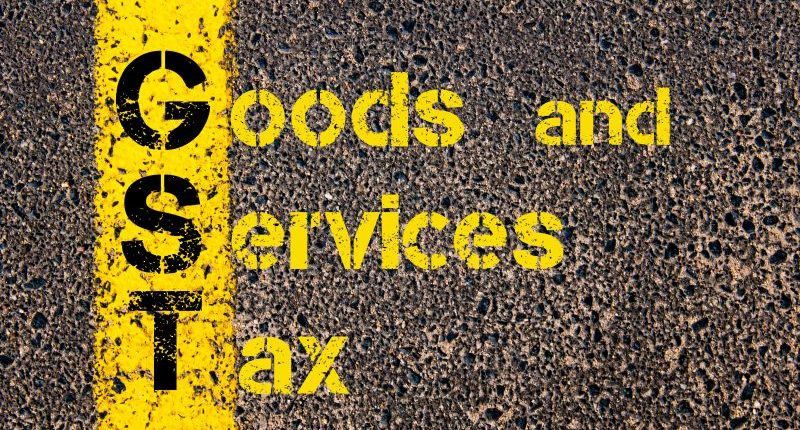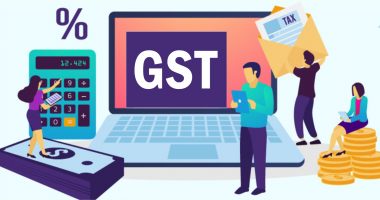An E-way Bill is an electronic Waybill for the movement of goods, that is generated on the E-way bill Portal, where the value of the consignment is greater than Rs 50000. The Government has introduced recent updates in the E-way bill portal to prevent misrepresentations made, and curtail tax evasion.
One of the significant changes brought in, is the auto-calculation of distances between two places, as reported by a supplier. All that a supplier has to do now is enter the two PIN codes belonging to the source and destination, and the portal will calculate the route distance. However, the portal allows the supplier to either accept the suggested route distance or increase the distance by a maximum of 10% of the suggested route distance. If the user enters an incorrect PIN code, then the system sends out an alert message as well as flags these E-way bills to the GST department.
As per the new system calculations, let us consider this example. If the distance between places X and Y amount to 1050 kilometres, as suggested by the portal, then the supplier can enter a value up to a maximum of 1155 kilometres which is 1050 kilometres plus 10% of 1050 kilometres. If the source and destination PIN codes happen to be the same, then 100 kilometres will be the maximum distance that is allowed to be entered.
The other significant change introduced by the E-way bill portal is that now, only one E-way bill can be issued for one invoice. This will help prevent misrepresentation by suppliers trying to evade taxes. Once an invoice number has been entered for the generation of an E-way bill, that same invoice number cannot be used to generate any more E-way bills.
A supplier will also not be able to generate E-way bills if he is a composition dealer, under the new system, if he tries to issue an E-way bill for inter-state transactions. Domestic (interstate) transactions are not allowed to be undertaken by those taxpayers who have opted for the Composition Scheme.
While the Government is trying to make the system fool-proof, there should be some leeway given in exceptional cases where transporters have to take a detour for situations beyond their control and other such anomalies. In the future, the Government hopes for increased tax collections, and the E-way bill portal is one of the essential means through which revenue can be identified.

I’m a Chartered Accountant by profession and a writer by passion. ClearTax lets me be both. I love travel, hot tubs, and coffee. I believe that life is short, so I always eat dessert first. Wait.. life is also too short to be reading bios… Go read my articles!




